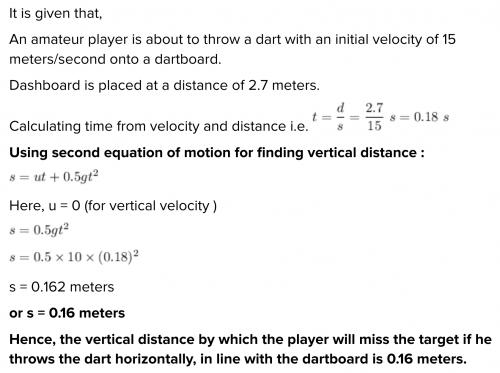 24
24  24
24  1
1 1.Components in a series circuit share the same current.
2.The sum of individual voltage drop in a series circuit equals that supply voltage.
Explanation:
In a simple circuit, the amount of current is the same flowing through the resistor and the battery as long as it is a series circuit.Components in a series circuit share the same current.
In a series circuit, the total resistance equals the sum of individual resistance
The sum of individual voltage drop in a series circuit equals that supply voltage.
 5
5 Bruh just do A bro thats the best answer...
Explanation:
Yes
 5
5 Bruh just do A bro thats the best answer...
Explanation:
Yes
 5
5 Its C I fell confident
Explanation:
I took 2 hrs I tried on this for u dont get mad have a wonderful day :D
 5
5 Its C I fell confident
Explanation:
I took 2 hrs I tried on this for u dont get mad have a wonderful day :D
15. Current increases
16. 4 Amp
17. Current decreases
18. A direct relationship
19. voltage affects current
20. Current is unchanged
Explanation:
First you need to know about Ohm's Law. Ohm's law can be summarized in the formula:

where:
V = Voltage
I = Current
R = Resistance
As you can see, when you increase the voltage, the current increases as well. When you decrease the resistance, current increases as well. This means that voltage has a direct relationship with current, and current has an indirect relationship with resistance.
Voltage is the potential, or electrical potential energy that pushes the current along a circuit. THe current is the flow of energy, so it is actually the rate of electrical energy that goes through a point in a circuit over a period of time. The resistance is the resistive force, that the current goes through as it goes through a circuit.
Let's apply that to question 16:

Our given:
V = 6V
R = 1.5Ω

In question 17,just to show you, we can solve it and compare:
6 V battery and 3Ω resistance:

3 V battery and 3Ω resistance:

Current decreases from 2A to 1A.
Let's try it on Question 20:
12V and 5Ω

6V and 2.5Ω

There is no difference.
15. Current increases
16. 4 Amp
17. Current decreases
18. A direct relationship
19. voltage affects current
20. Current is unchanged
Explanation:
First you need to know about Ohm's Law. Ohm's law can be summarized in the formula:

where:
V = Voltage
I = Current
R = Resistance
As you can see, when you increase the voltage, the current increases as well. When you decrease the resistance, current increases as well. This means that voltage has a direct relationship with current, and current has an indirect relationship with resistance.
Voltage is the potential, or electrical potential energy that pushes the current along a circuit. THe current is the flow of energy, so it is actually the rate of electrical energy that goes through a point in a circuit over a period of time. The resistance is the resistive force, that the current goes through as it goes through a circuit.
Let's apply that to question 16:

Our given:
V = 6V
R = 1.5Ω

In question 17,just to show you, we can solve it and compare:
6 V battery and 3Ω resistance:

3 V battery and 3Ω resistance:

Current decreases from 2A to 1A.
Let's try it on Question 20:
12V and 5Ω

6V and 2.5Ω

There is no difference.


It will provide an instant answer!
